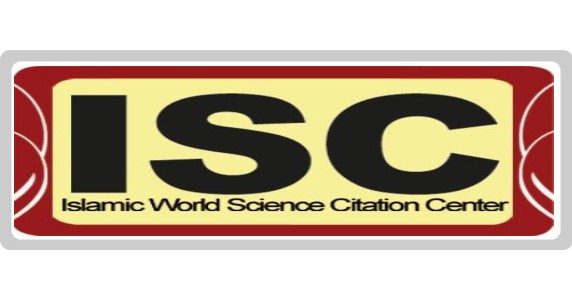Presenting a Model of Organizational Culture in Lorestan University of Medical Sciences
Keywords:
Culture, Organizational Culture, University of Medical Sciences, human resourcesAbstract
purpose: this study aimed to design and validate the organizational culture model in Lorestan university of medical sciences.Methodology: the exploratory mixed (qualitative-quantitative) method was used in this applied study. In the qualitative part, the Delphi panel technique was used, where 15 experts participated in three rounds in completing the questionnaire and determining the components and indicators of organizational culture. In the quantitative part, the statistical population consisted of managers and a variety of employees of Lorestan University of Medical Sciences (8023 people) in 2020, among whom 367 people were selected as the sample size by simple random sampling and based on Cochran's formula. The research tool was a questionnaire obtained by the experts in the Delphi panel, the reliability of which was obtained 0.82 using the Cronbach's alpha test. The data were analyzed through descriptive statistics (mean, frequency and percentage) in Spss24 software and inferential statistics of structural equations in Smart plsV3.2.8.Findings: The findings of the Delphi technique showed that organizational culture had 8 components and 54 indicators. The results of structural equations also showed that the factor loads of organizational culture components were as follows Respectively: result orientation (0.81), teamwork orientation (0.61), governance and leadership (0.58), optimal communication pattern (0.47), emphasis on details (0.49), idea generation and joint responsibility (0.41) and adaptability (0.38).Conclusion: It can be concluded that organizational culture has several components according to which planners and university administrators can take effective steps to promote organizational culture in medical universities by giving importance to each of these components.










